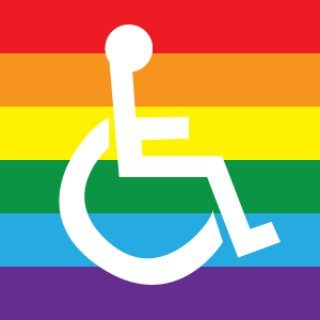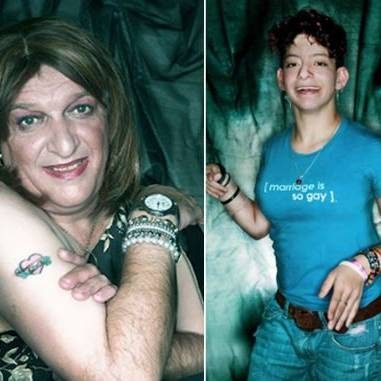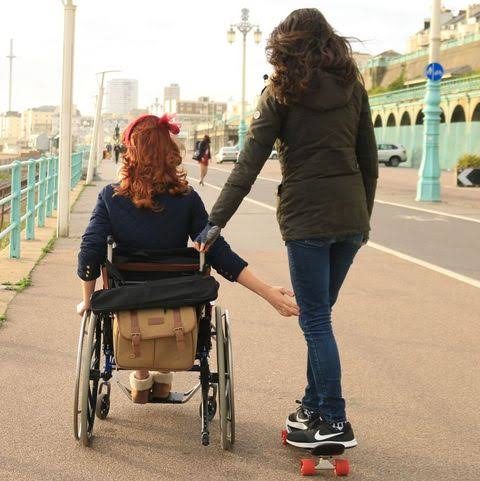 The Private Lives 2 (2012) study by La Trobe University researchers of almost 4,000 LGBT Australians, found that 23% reported having a disability or long-term health condition
The Private Lives 2 (2012) study by La Trobe University researchers of almost 4,000 LGBT Australians, found that 23% reported having a disability or long-term health condition
Of these, 40.8% reported that the disability was primarily a physical or diverse disability, 31.1% that it was primarily a psychiatric disability, followed by 22.1% who reported ‘other’. This percentage is comparable to national data from the Australian Bureau of Statistics that shows approximately one in five Australians experience some form of disability.
The biggest barrier to LGBTI people with disabilities expressing themselves sexually is the commonly held idea that ‘because they are disabled they don’t have sex’. This has led to a situation today where people with disabilities have less opportunity for sexual expression of any kind and certainly less opportunity to express diverse sex and gender. A range of social, environmental and biological factors feed into LGBTI people’s lack of opportunity to express themselves.
When it comes to sexuality LGBTI people with disabilities are marginalised, excluded and experience invisibility. People with disabilities experience poorer access to services provided for LGBTI people and because they are often already high service users out of necessity are reluctant to connect with discretionary services.
Efforts are needed to improve the quality of life for LGBTI people with disabilities. Future efforts need to address the unique concerns of these groups.
People with disabilities are rarely acknowledged as sexual beings so explicitly including disabled people as members of the LGBTI community with diverse gender identities and sexual experience/expression/desire is an important first step.
What more can be done?
- Have and create policies that validate individual self-expression and acknowledge sexual orientation, gender identity and intersex status, while also identifying and addressing issues and barriers for professionals in the disability sector who identify as LGBTI. Mainstream providers of services to people with disabilities to engage in LGBTI-inclusive training and increase knowledge of applicable and relevant sex education for LGBTI people, particularly younger people who may have an intellectual or psychiatric disability.
- Develop and implement community awareness activities aimed at the LGBTI community, businesses and social services so they can enhance their capability to act as natural networks for people with a disability who identify as LGBTI.
- Undertake adequate assessments in relation to the development of sexuality, gender identity, history and expression, and intersex status to connect people to appropriate services


